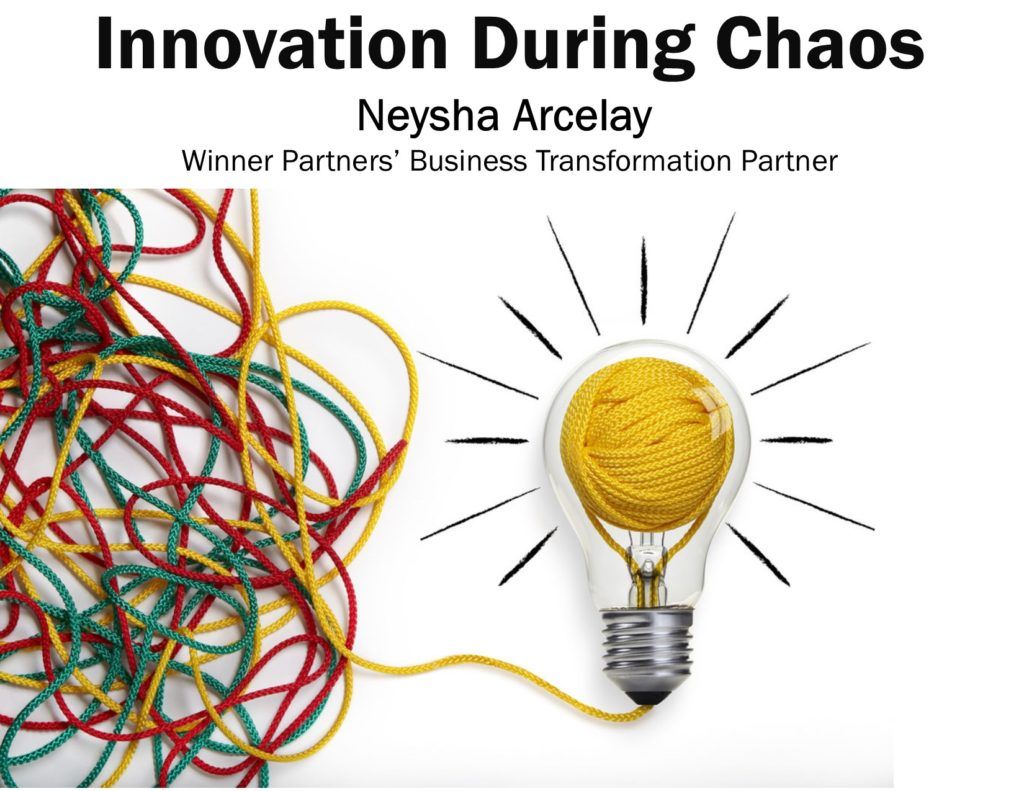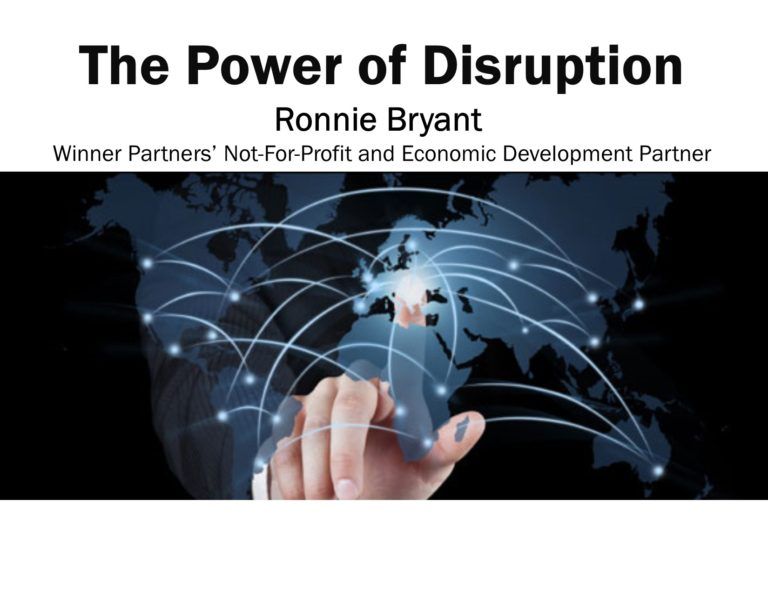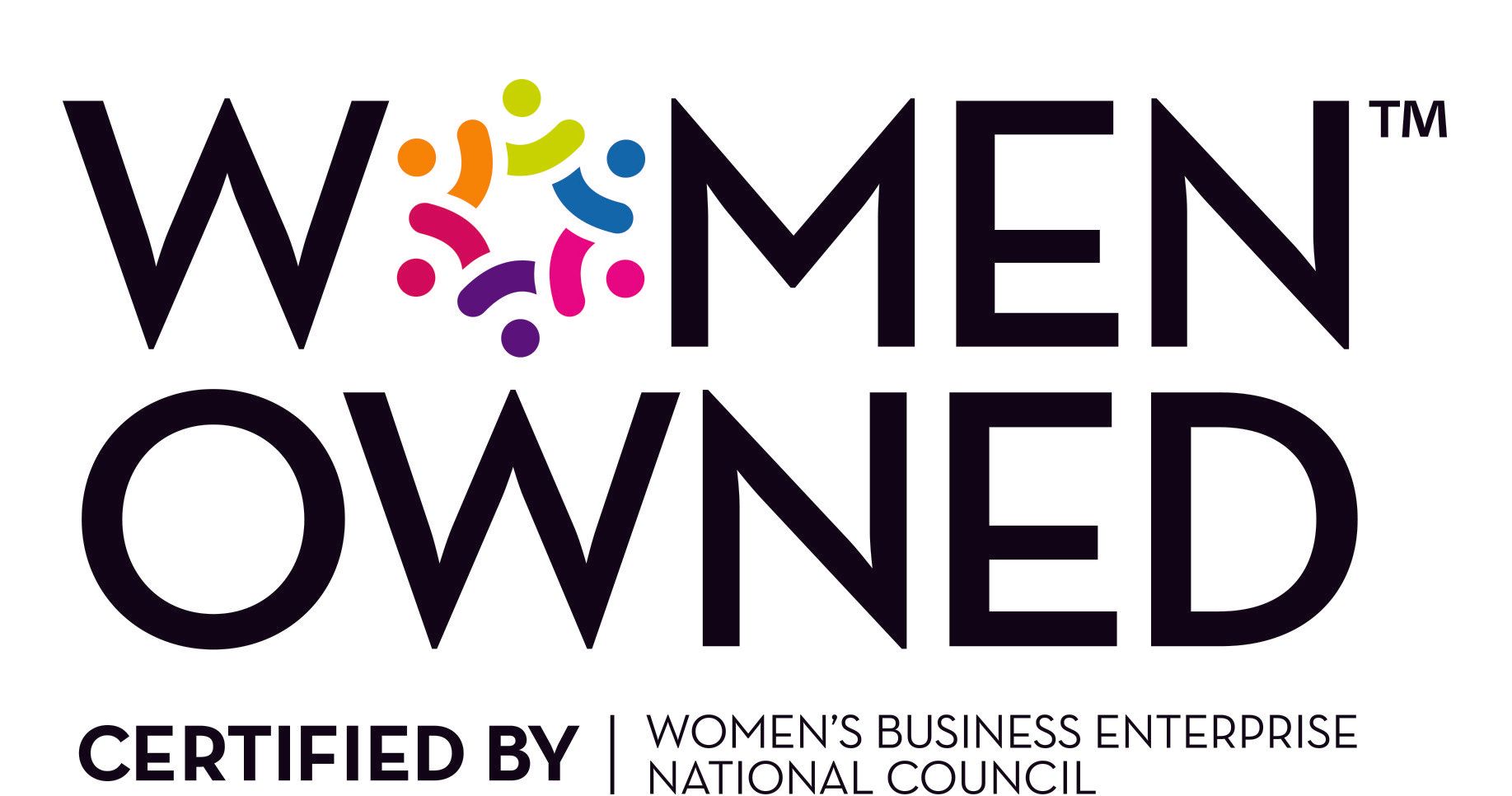Is Diversity, Equity, Inclusion & Belonging a moment, a movement, or a revolution?
It’s time to have the conversation…
Whether you’re new to the conversation, or have been in the thick of it for years, understanding the value of attracting, and retaining, elevating, and engaging a diverse spectrum of talent is critical. We’ve discovered that ‘knowing it all’ (having the tools) and ‘doing it all’ (taking action) does not matter if an organization is not committed to activating a Diversity, Equity, and Inclusion strategy (building a culture of Belonging). If we’ve learned anything from the events of 2020, it’s that incorporating Belonging into the strategy is critical.
What is Belonging, and how is it part of Diversity, Equity, and Inclusion?
Belonging is one of those human emotional needs that Abraham Maslow identified in his paper “The Hierarchy of Needs”. It is an emotional need to be an accepted member of a group. It’s not enough to make a seat at the table. Belonging communicates that a person is considered, valued, and appreciated. Employees who experience an authentic sense of belonging in their organization are willing to be authentic, take calculated risks, connect with their coworkers and feel a sense of ownership in their role in the business.
When an organization commits to Diversity, Equity and Inclusion, Belonging becomes a natural outcome. When an organization proclaims a commitment to Diversity, Equity, and Inclusion, but has not activated the strategy in a meaningful and sustainable method, Belonging will never exist.
Knowing It All
- There’s no cookie cutter Diversity, Equity, and Inclusion strategy. Every business is different. Every leader is different.
- Exposing all staff, especially senior leadership, to Diversity and Inclusion Training, is part of a strategy, but does not produce real cultural change.
- Identifying demographic information for your region and industry to help understand trends and population. This sort of knowledge can help to activate a strategy.
- Knowing where your Diversity, Equity, and Inclusion strategy is, what is says, and how it was crafted. Is it time to re-evaluate your strategy given the current climate?
Doing It All
- Assigning specific responsibility for the advancement of Diversity and Inclusion to an individual or committee is an important visible commitment, but it does not ensure that the organization has evolved and is committed to a culture of Belonging.
- Proclaiming a written policy against discrimination matters internally AND externally. Do you have one? This is one actionable item that should exist. Crafting the nondiscrimination statement that includes as many groups as possible, especially those that are not already protected by law, allows your organization to do something concrete.
- Actively working to overcome bias is part of the work that leaders can do first as they work to activate the Diversity, Equity, and Inclusion strategy and cultivate a place of Belonging.
Evaluating an organization’s readiness to activate the Diversity, Equity, and Inclusion strategy begins with identifying conscious and unconscious bias, having important conversations with other leaders, and making the commitment to become an organization that champions Belonging. Here are three considerations:
Have courage in initiating the important conversations in your organization. We’ve discovered that many people want to have these conversations, but are fearful of how they will be perceived for asking questions, examining the activities of your organization, and how they relate to the proclaimed Diversity, Equity, Inclusion, & Belonging strategy. Partnering with someone who can coach you through these conversations is one practical step towards the goal.
Be honest about what you don’t know. You do not have to know everything in order to move forward a strategy. Engaging in authentic learning conversations is just as important as activating your strategy. Often times just showing up to listen cultivates a culture of Belonging.
Pick one thing for your organization to focus on in the near future. One incremental step could be:
- Incorporating your Diversity, Equity, Inclusion, & Belonging strategy into the business goals.
- Initiating or reinitiating Employee Resource Groups.
- Drafting and publishing an antidiscrimination policy.
- Partnering with a resource to assist with organizational assessment.
Belonging is a basic human need. Diversity of people and perspectives is an asset. Equity in policy, practice, and position is a process. Inclusion is an outcome.










